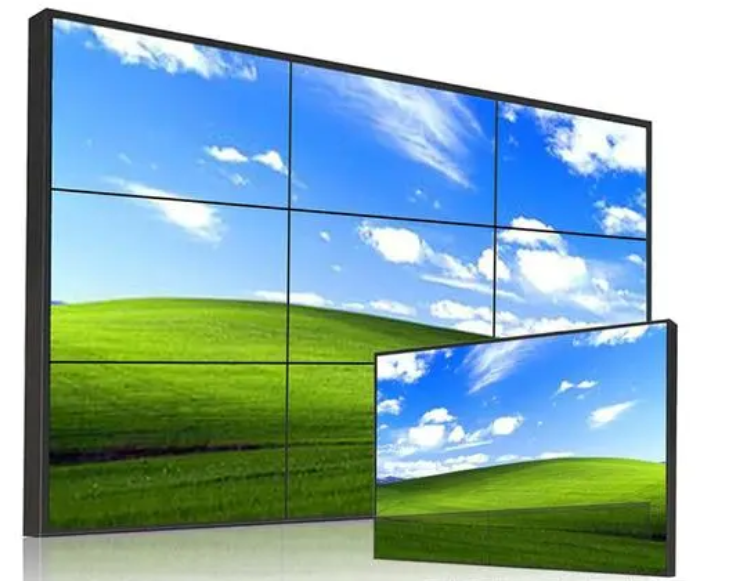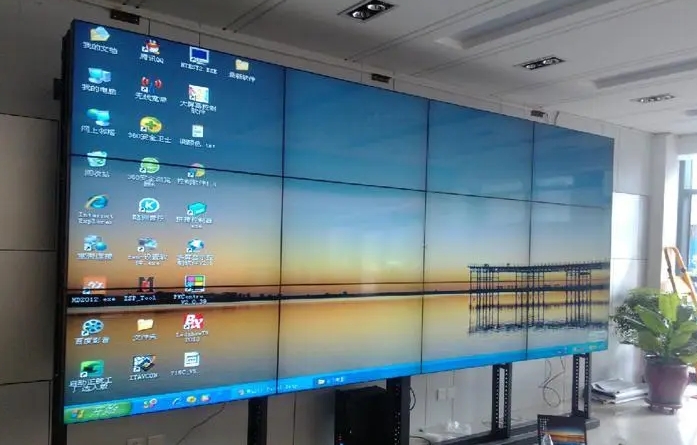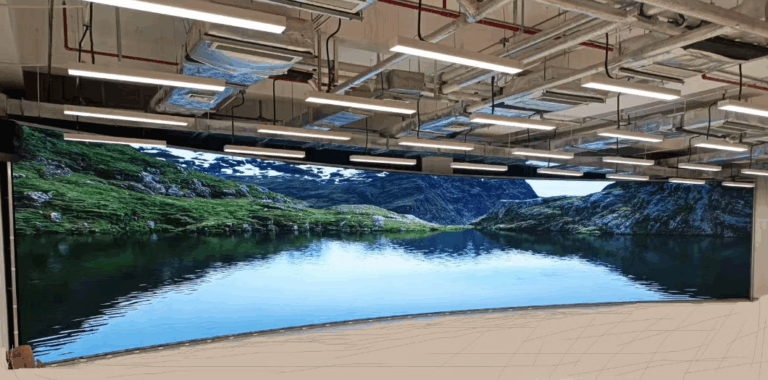As a professional LED display consultant, I will provide an in-depth analysis of why LCD is cheaper than LED from the perspectives of technology, market, and application scenarios:
Table of Contents
Toggle1. Differences in Technology
Production Costs:
- LCD Screens: The production process of LCD screens is relatively mature. Their main components include the liquid crystal panel, backlight source (CCFL or early LED), and drive circuit. These components have relatively low production costs, and mass production further reduces the unit cost.
- LED Screens: LED screens use advanced semiconductor technology, with their core being tiny light-emitting diodes (LEDs). Despite the significant advantages of LED technology in improving energy efficiency and color performance, its production process is more complex, involving precise chip manufacturing and packaging processes, leading to higher production costs. Provide you with a commercial LED display price range.

Material Costs:
- LCD Screens: The liquid crystal materials used in LCD screens are relatively inexpensive, and due to their relatively simple structure, the required optical films and other auxiliary materials are also quite economical. What is the difference between LED and LCD panels?
- LED Screens: LED screens require high-quality LED chips, whose manufacturing costs are much higher than the liquid crystal materials used in LCD screens. Additionally, to achieve high-quality display effects, LED screens may require extra optical design and heat dissipation solutions, increasing material costs.

2. Market Competition and Supply-Demand Relationship
Market Saturation and Competition Level:
- LCD Market: After years of development, the LCD market has become saturated, with numerous manufacturers competing fiercely, driving technological advancements and cost reductions.
- LED Market: Although the LED market is growing rapidly, it is still in a relatively early stage compared to the LCD market. The market size is smaller, and competition is not as intense as in the LCD market, resulting in relatively higher prices.
Economies of Scale:
- LCD Industry: Due to long-term development, the LCD industry has achieved economies of scale, with high production efficiency and supply chain management levels, helping to reduce costs. Here are 10 ways to check if your screen is LCD or LED.
- LED Industry: Despite significant technological advancements, the LED industry still has high technical barriers and capital investments, and the economies of scale effect has not yet fully manifested, resulting in higher production costs.
3. Application Scenarios and Demand Differences
Market Positioning:
- LCD Screens: Due to their high cost-effectiveness, LCD screens are commonly used in office, education, home entertainment, and other mid-to-low-end markets to meet basic display needs.
- LED Screens: LED screens are primarily positioned in high-end markets such as professional video production, broadcasting, high-end retail, and public information display, where higher display quality is required. Are LED billboards expensive? How much are the running costs?

Customization and Professionalization:
- LCD Screens: The standardization level of LCD screens is high, with low customization and professionalization requirements in the production process, helping to reduce production costs.
- LED Screens: The customization and professionalization levels of LED screens are high, requiring personalized design and adjustments based on specific application scenarios, which increases production costs.

In summary, LCD is cheaper than LED mainly due to its comprehensive advantages in technology, market, and application scenarios. With continuous technological progress and gradual market maturation, the cost of LED screens is expected to decrease further, potentially competing with LCD in more mid-to-low-end markets in the future. When choosing a display screen, it is recommended that you comprehensively evaluate the pros and cons of both based on your budget, usage scenarios, and display quality requirements to make the most suitable decision.

About Dylan Lian
Marketing Strategic Director at Sostron





